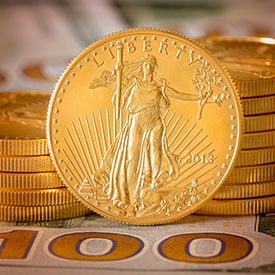The U.S. dollar and precious metals futures have one thing in common. The value of the greenback and a contract for future delivery of metal are completely dependent on confidence. When, or if, that disappears, neither will be worth the paper they aren’t printed on.
 The futures market is where gold and silver prices are set. “Managed” might be a better word. People who recognize price discovery is broken and corrupted often wonder what it will look like should the current system fail.
The futures market is where gold and silver prices are set. “Managed” might be a better word. People who recognize price discovery is broken and corrupted often wonder what it will look like should the current system fail.
It is important to acknowledge upfront there is no telling if the futures markets will end in shambles, or end at all. It is possible for regulators and bankers to find religion and implement reforms.
And it is possible for these markets to persist without reforms. There is, after all, ample evidence of price rigging and other crooked behavior in the public record. Yet plenty of participants remain willing to trade there.
Bullish speculators are still buying contracts based on two key assumptions. They believe they have a fair chance at success versus those who are short the market, and they trust there is metal available if they should stand for delivery.
If buyers lose trust and start leaving in droves, the paper derivative price-setting mechanism will lose its relevance.
What happens to the prices of physical precious metals may be altogether different. If a collapse in futures (paper metal) is accompanied by a surge in demand for actual coins, rounds, and bars, bullion prices could skyrocket.
The premium investors pay to buy a 1,000-oz bar of silver, for example, may determine the spot price of silver. In other words, if the futures market price used as the basis for valuing bullion products becomes irrelevant, the remaining component – the premium – could become 100% of an item’s price.
Perhaps the price of actual exchange-sized bars will replace the futures price as the new basis.
The main lesson for bullion investors today is to remember that electronic futures prices are not a reliable signal for what is happening in the physical markets. A decline in gold or silver prices, as reported by CNBC, might just be very good news for your investment in physical bullion.


